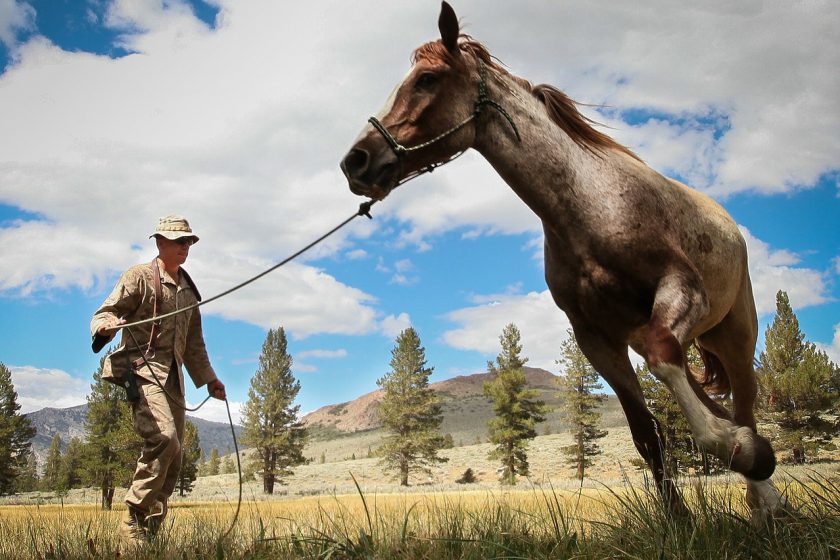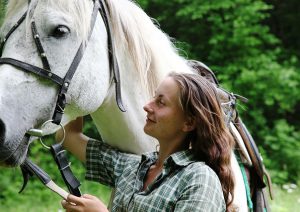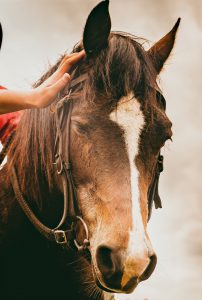
Natural Horsemanship
Thousands of years ago, man tamed a wild animal and became its master. Masters can be kind or cruel, but horses can be obedient or free-willed, too. So, men were using various methods and techniques throughout the history of training, some more and some less successful.
The most drastic difference between trainers was the way in which they treated animals. Some people still hold that horses learn best through punishment and hard discipline. Others believe that horses should be approached “from the inside,” that is to build trust and compassion, slowly and with patience.
Natural Or Kind Training Methods

Successful horsemanship requires special skills, talents, and perception from a trainer, no matter what method they believe in. The traditional approach is most prevalent in horse training, but several other techniques produce good results, too. One of them is Natural Horsemanship.
Natural Horsemanship, or horse whispering, as many people call it, developed as a unique technique after the 1920s. Its advocates, people like Tom and Bill Dorrance, promoted gentle and kind methods that could produce more significant results than beating and punishing. Very quickly, this trend gained its followers around the world, and Pat and Linda Parelli managed to frame the term “Natural Horsemanship” into the accepted method of horse training.
What is Natural Horsemanship?
The method is based on the relationship between a horse and a trainer and can be observed through five psychological instances:

1. Approach and Retreat
The term implies acquiring a horse’s trust. If the horse is timid or distrustful, do not insist on things that can cause these conditions. Treat the problem patiently but persistently. Step by step, the horse will feel safe and overcome fears.
2. Pressure and Release
This part of the training includes the use of reins. If a horse refuses to listen, a trainer pulls the reins. As soon as the horse responds positively, the trainer releases them. This way, the horse knows when its behavior is right.
3. Rewards and Consequences
It is simple — give them rewards for good behavior. If their actions are not correct, let them know with your reaction.
4.Desensitization
Adapt a horse to the things it does not like to interfere with. Do it by repeating the same situation all over again while using rewards.
5.Foundation Training
Every horse must master basic skills before going on to more demanding levels of learning.
Natural Horsemanship Vs. Traditional Methods
Natural Horsemanship is a method radically different than the traditional one. However, one should not categorically exclude another. For example, some people have greater power over animals if they establish authority, while others can literally speak with horses. Different trainers will use different methods, and every horse will respond in its own way.
Introducing “natural” instead of strict discipline and punishment is a positive step and eliminates animal cruelty. Native Americans believed they are connected with horses on a spiritual level, and they were outstanding riders. Then why shouldn’t we also be able to develop a special bond and confidence that will produce better results?
